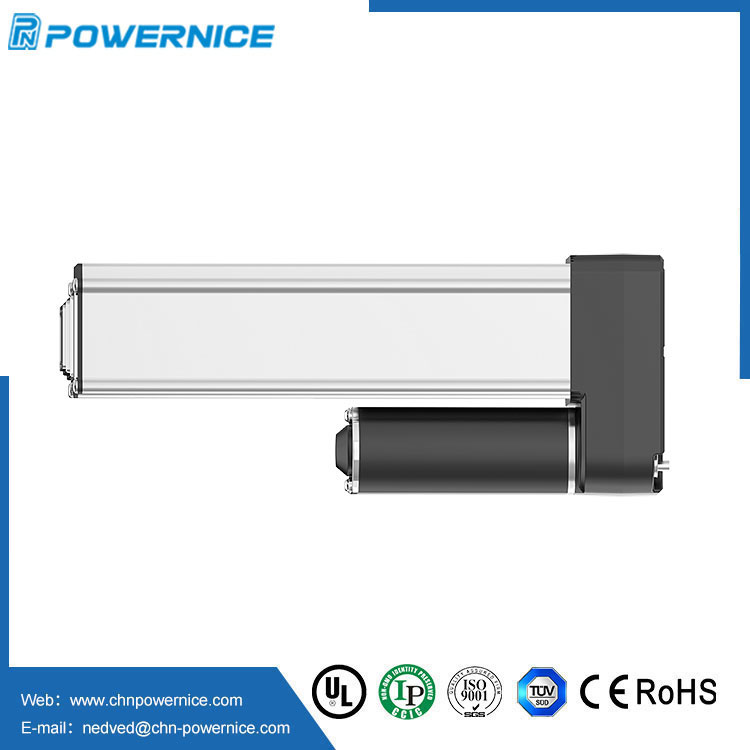Tailored Ascension: Customizing Elevator Linear Actuators for Specific Applications
2023-12-06
Introduction:
Elevators, once considered mere conveyances between floors, have evolved into integral components of architectural design and functionality. Elevator linear actuators, the mechanical powerhouses driving vertical movement, are no exception to this evolution. In this blog, we explore the versatility of elevator linear actuators and how they can be customized to meet the specific requirements of diverse elevator designs and applications.
The Basics of Elevator Linear Actuators:
Before delving into customization, it's essential to understand the fundamentals of elevator linear actuators. These electromechanical devices are responsible for transforming rotational motion into a straight, vertical path, controlling the movement of the elevator car.
Customization Possibilities:
1. Load Capacity Adjustment:
Elevators serve a range of buildings, from small residential structures to towering commercial skyscrapers. The load capacity of the linear actuator can be customized to accommodate different weight requirements, ensuring optimal performance and safety for the specific application.
2. Stroke Length Modification:
The vertical travel distance, or stroke length, varies based on the design and height of the building. Linear actuators can be tailored to have specific stroke lengths, allowing them to seamlessly integrate with diverse architectural layouts.
3. Speed Profile Optimization:
Elevator speed is a critical factor influenced by the building's height, purpose, and passenger comfort requirements. Linear actuators can be customized to achieve specific speed profiles, whether it's for a high-speed elevator in a commercial setting or a slower, more comfortable ride in a residential building.
4. Space Constraints Consideration:
Elevator shafts often present limited space challenges. Customization allows linear actuators to be designed with compact footprints, making them suitable for tight spaces without compromising performance or safety.
5. Material Selection for Environment:
Different environments pose varying challenges, from extreme temperatures to corrosive conditions. Linear actuators can be customized with specific materials and coatings to withstand environmental factors, ensuring durability and longevity.
6. Integration with Control Systems:
Elevator systems increasingly rely on advanced control systems and smart technologies. Linear actuators can be customized to seamlessly integrate with specific control systems, facilitating features such as remote monitoring, predictive maintenance, and smart controls.
Benefits of Customization:
1. Tailored Performance:
Customized linear actuators ensure that elevator systems perform optimally for the specific demands of a given application, whether it's a residential lift, a hospital service elevator, or a high-speed commercial transport.
2. Enhanced Safety and Reliability:
By tailoring the linear actuator to the unique requirements of an application, safety and reliability are inherently improved. This includes load-bearing capabilities, speed regulation, and adherence to safety standards.
3. Adaptability to Future Technologies:
Customization allows for the integration of cutting-edge technologies, ensuring that the elevator system remains adaptable to future advancements and requirements.
Conclusion:
The customization of elevator linear actuators is a testament to the adaptability of vertical transportation systems to the diverse landscapes of modern architecture. As buildings continue to reach new heights and designs become more sophisticated, the ability to tailor linear actuators to specific needs ensures that elevators are not just functional elements but integral contributors to the seamless flow of people and services in the built environment.



